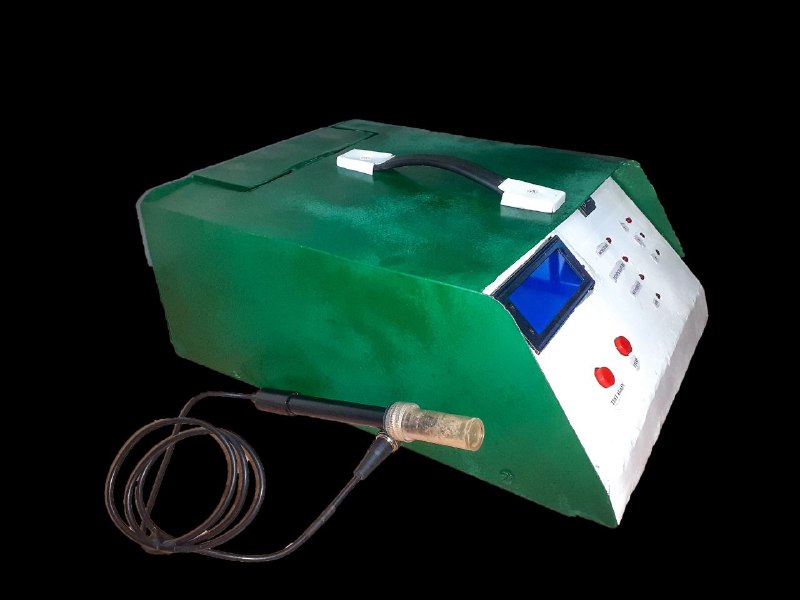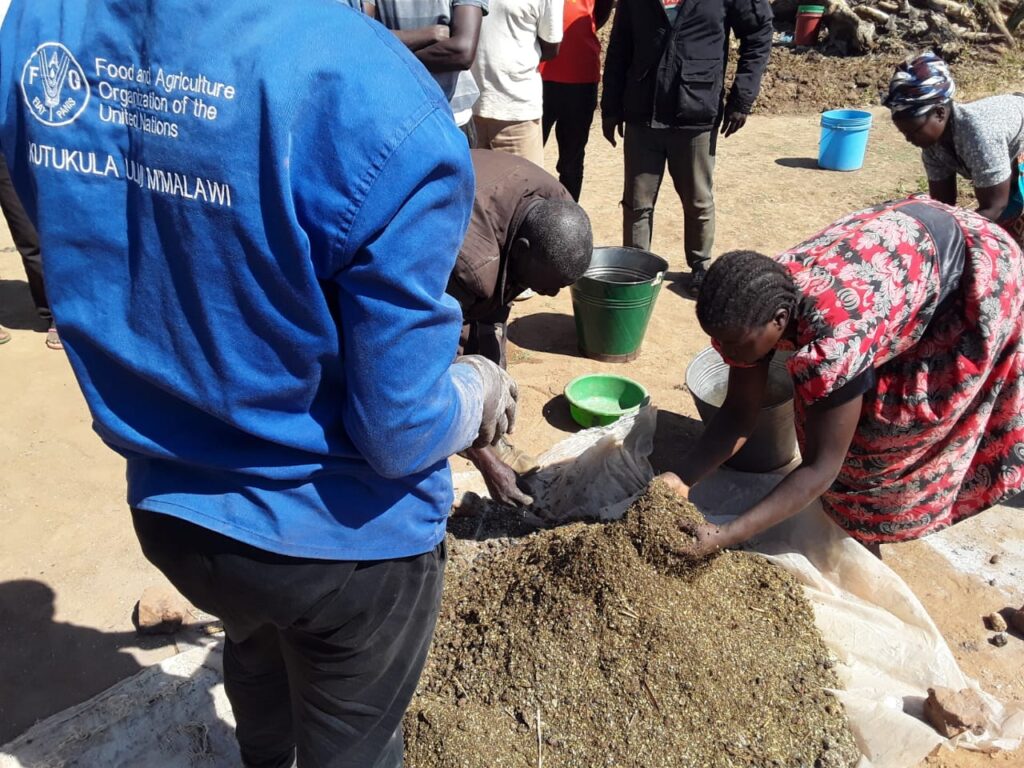Soil testing is the process of analyzing soil samples to determine their composition and characteristics. Soil testing can help to determine the health of the soil. The tests help to determine available nutrients, Ph, organic matter, soil structure, and microbiology. The status of the soil is important for the economic and efficient use of inputs during crop production. Proper soil sampling is required after harvesting as it will help decide suitable crops for the area and other input requirements such as fertilizers. Knowing the status of the soil will also help to balance chemistry which promotes soil biodiversity, disease, and pest tolerance and increase nutrient utilization.
Plants require macro and micronutrients for growth and productivity. The most important macronutrients include nitrogen, phosphorus, calcium, and potassium, which is commonly used in large quantities for plant fertilizers production. Micronutrients include boron, chlorine, copper, iron, manganese, molybdenum, and zinc. These nutrients are available in some fertilizers and are important for plant development and crop production as activators of many plant functions. Plants also require carbon, hydrogen, and oxygen which contribute to making up the bulk weight. Through soil sampling, one can determine the presence or absence of the above-mentioned macro and micronutrients in the soil.
Soil testing for most countries involves site identification, sample collection, and Laboratory testing. This process is commonly done as part of projects and commercial farmers who willingly request and pay for the services which cost between $10 and $50 per sample. Most smallholder farmers grow crops based on the history of crops that have been grown by their forefathers and apply fertilizers based on blanket recommendations yet soils in Africa are so diverse and differ in properties even within the same district. Soil testing is expensive which is hard for smallholder farmers to wish for, but its importance cannot be overlooked. For example, after doing soil tests a certain Kenya farmer realized that there was a lack of calcium in the soil. The farmer was able to correct the lack of calcium which was contributing to recurrent blossom end rot diseases in capsicum and tomatoes through the application of lime, and it resulted in improved yields.
Recently, an Ethiopian company called Omishtu – Joy has created a fast soil testing machinery that is attached to an Artificial intelligence-powered mobile application. The mobile application in turn advises farmers on the best practices to be applied. The machine tests the soil through device sensors placed in the soil. The machine transmits soil information to the mobile application in less than 10 minutes. The parameters tested include pH levels, nitrogen, potassium, phosphorus, humidity, radiation, temperature, and soil moisture. This technology is beneficial for smallholder farmers who can get information on their soil profiles faster than the usual way of sample collection and laboratory testing. It costs $0.37 for a single test which is cheaper than laboratory testing which can cost between $10 and $50 per sample and takes longer to get results. The technology has benefited 5000 farmers in Ethiopia with soil testing services.

Figure 1: Omishtu-Joy Soil testing device
If this technology would extend to other African countries it can help to improve soil parameters which will in turn improve the productivity of crops. Having this machinery would ease a load of extension workers on services through the provision of realistic advice to farmers on crops and soil-related challenges. For instance, this technology would be beneficial for manure-making campaigns which would help extension workers determine the type of manure tailored to the geographical nutrient deficiencies. This will help in minimising the use of nitrogen-based synthetic fertilizers that are contributing to climate change and are often overused in efforts to increase yields yet crop productivity is determined by other soil properties and nutrient availability.

Figure 2: Manure-making demonstrations in Central Region Malawi
References
(https://www.soils4africah2020.eu/serverspecific/soils4africa/images/Documents/4.2AENGProtocolsforfieldsurvey_v3_20_03_2023.pdf).
https://www.soils4africa-h2020.eu/s4a-maps-agricultural-land-in-africa
